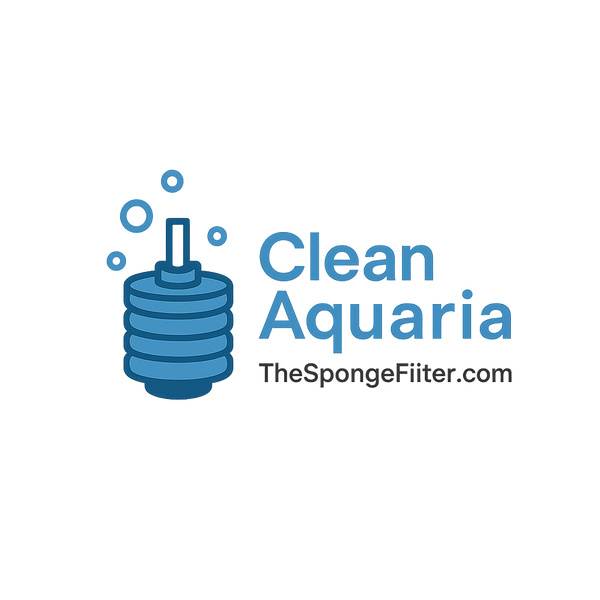Checklist for Setting up Your First Aquarium Sponge Filter
Share

Setting up a new aquarium can be an exciting venture, particularly if you’re delving into the tranquil world of marine life for the first time. One essential component that should not be overlooked is the sponge filter—a reliable workhorse in maintaining healthy water quality. Here's a handy checklist to guide you through setting up your first aquarium sponge filter.
1. Determine Your Aquarium Size
Before diving into the setup, you need to know the capacity of your aquarium. This influences the type of sponge filter you’ll require:
- For tanks up to 30 gallons, consider the AQ-30C.
- For medium-sized tanks up to 40 gallons, the AQ-40R is a great choice.
- For slightly larger tanks up to 60 gallons, opt for the AQ-60C.
2. Gather Necessary Equipment
Ensure you have all necessary equipment before beginning the setup process. Here's what you'll need:
- Sponge Filter: Choose the appropriate model based on your tank size.
- Air Pump: This facilitates water movement through the sponge filter.
- Airline Tubing: To connect the air pump to the sponge filter.
- Check Valve: Helps prevent backflow of water into the air pump.
- Adjustable Valve: Allows you to control air flow to the sponge filter.
3. Install the Sponge Filter
- Rinse the Sponge Filter: Thoroughly rinse the sponge in dechlorinated water to remove debris.
- Position the Filter: Place the sponge filter at the bottom of your tank. It works efficiently when seated upright.
4. Connect the Air Pump
- Attach Airline Tubing: Connect one end of the airline tubing to the air outlet on your pump and the other end to the sponge filter.
- Install Check Valve: Place the check valve along the airline tubing to prevent water backflow.
- Add Adjustable Valve: Incorporate the adjustable valve to regulate airflow if necessary.
5. Power On and Adjust
Plug in your air pump to start the filtration process. Adjust the airflow using the valve to ensure your aquarium has the proper water movement without causing excessive currents.
6. Monitor and Maintain
Regularly inspect the sponge filter and clean it as necessary. Squeeze the sponge in used tank water to remove debris without harming beneficial bacteria. This keeps your filter in optimal working condition.
For more information about setting up your sponge filter and to explore more products, visit The Sponge Filter.
Setting up a sponge filter is a straightforward step that will greatly enhance the quality of life for your aquatic companions. Follow these steps, and soon you'll have a thriving aquatic environment that both you and your fish will enjoy!

